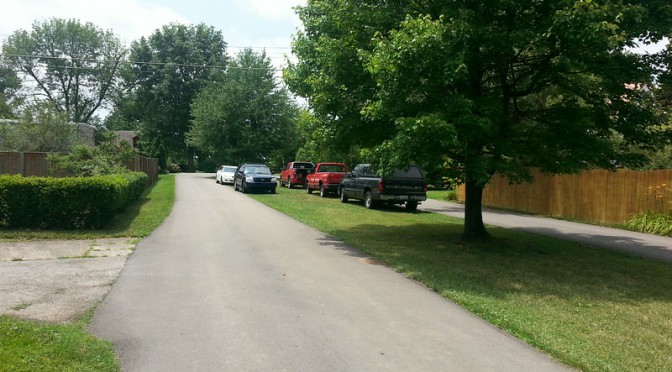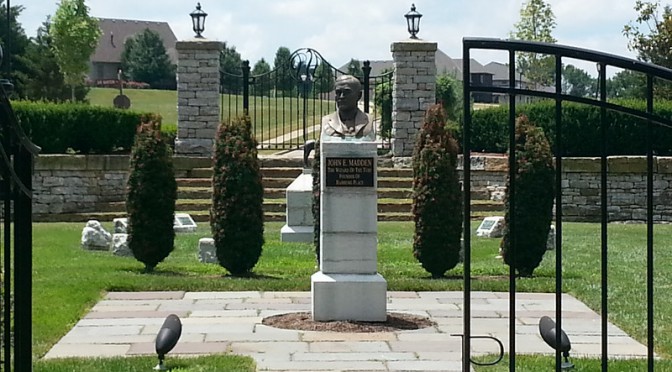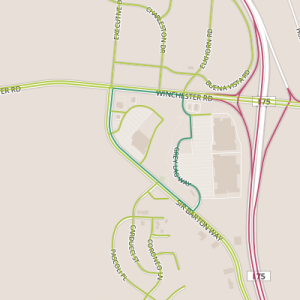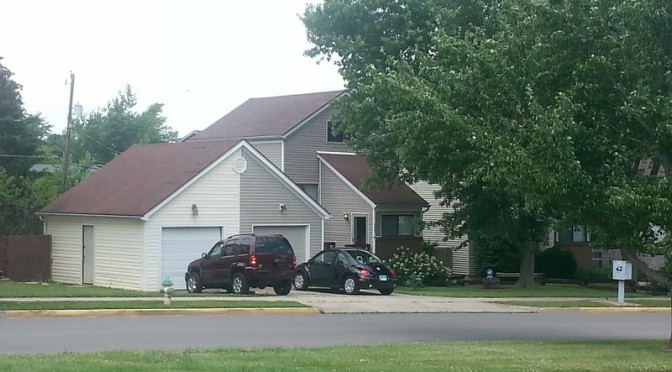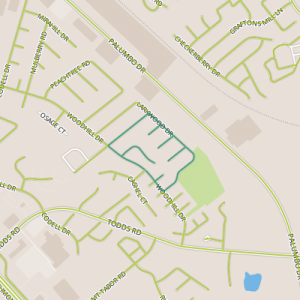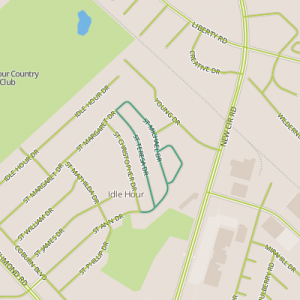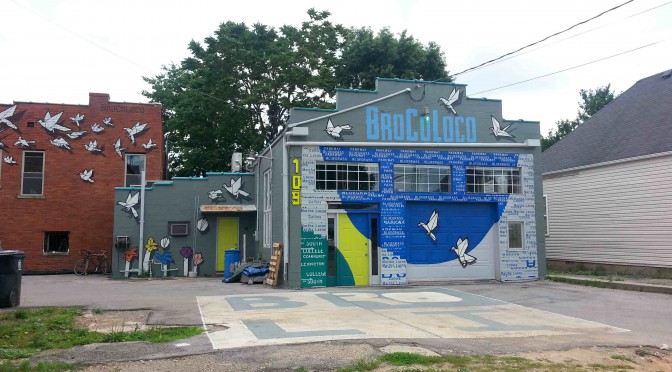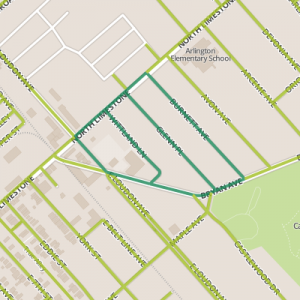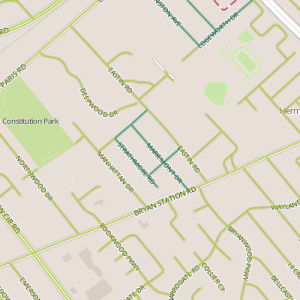 Today’s walk took me to a neighborhood just outside the loop and along Bryan Station. My first impression of the neighborhood was that it was not parking friendly. My initial plan had been to park near the outlet of the neighborhood onto Bryant Station, but the streets in the neighborhood are one-way couplets with a grassy median between each side. Some cars have parked on the grass, but I wanted to avoid this (especially near the front, where the median has recently been reseeded. I parked nearby and walked into the neighborhood.
Today’s walk took me to a neighborhood just outside the loop and along Bryan Station. My first impression of the neighborhood was that it was not parking friendly. My initial plan had been to park near the outlet of the neighborhood onto Bryant Station, but the streets in the neighborhood are one-way couplets with a grassy median between each side. Some cars have parked on the grass, but I wanted to avoid this (especially near the front, where the median has recently been reseeded. I parked nearby and walked into the neighborhood.
I was somewhat surprised by the large houses, a few of which were undergoing significant work. The housing stock seems to reflect a variety of styles and to have been constructed over a wide period of time. The yards tended to the wild side, but perhaps a cultivated wild. I was also pleasantly surprised that despite the lack of sidewalks, the neighborhood felt quite walkable, and I suspect the medians on most of these streets added to a sense of street safety.
When I pass through a neighborhood, I try to get a feel for its inhabitants, and in Lexington in particular, a couple of things stand out to me. I very much notice neighborhoods without sidewalks (as you might imagine), and I also notice (when it is trash day) when neighborhoods have private trash service. I tend to see both of these attributes as pointing to a more politically right-leaning demographic. Favoring private services over public ones is a fairly straightforward expression of limited government, and sidewalks could be seen as taking private land for public good. In older neighborhoods, I suppose its best to be cautious of this. After walking through this neighborhood, I had a sense that it was more likely a little left leaning. It would be interesting to take another look when the yard sides come out this fall!
